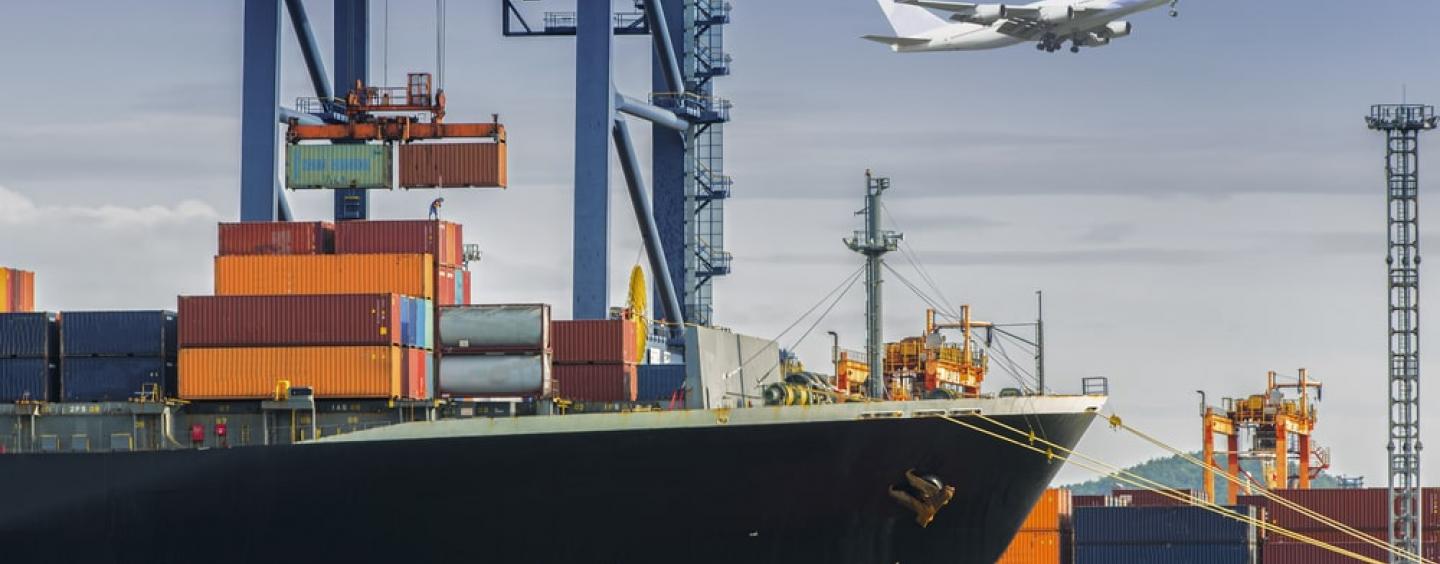Everything you need to know about importing to Europe
Due to the international regulations within the European Union, trade between member countries of the union is not considered import/export. When it comes to products coming into the EU market from the outside, there are various rules and requirements that apply to importers and they tend to vary, depending on the particular trade agreement. At the moment, there are 36 preferential trade agreements in place, with countries from all over the planet. You can read up to date information about all those particular partnerships and ongoing negotiations on the European Commission’s official website.
Basically, there are three types of forms of agreements that shape the import laws:
- custom unions (which either completely annulate duties between parties or establish joint tariffs);
- association, stabilisation and free trade agreements which remove or reduce customs tariffs, and finally there are
- partnership and cooperation agreements, which do not impact the tariffs but establish other rules for bilateral relations.
What to consider before importing to the European Union
If you are an aspiring exporter to European Union, these are the basic points to consider before starting your business.
- The person importing goods into the EU, according to the custom laws, must be a resident of the Union. They are eligible to apply for customs clearance and they pay import duties. If the importer is not a private person, and if they plan to import from you more often than 10 times a year, they do also need to have an EORI number, for which they apply at the customs before the trade begins.
- The list of items that are either banned or restricted is vast. It includes endangered species and products made of their parts, certain literature, as well as items protected because of industrial and intellectual property rights. Due to strict regulations regarding food production, many items cannot be imported by European Union countries as well.
- In order to speed up the application process at the customs, clients use specific custom tariff numbers that help establish the content, material, modes of production of the goods, and contain as much detail about the product as possible.
- When it comes to the amount paid to the customs, it is based on the trade value of goods imported into the EU - that includes production costs, transportation, insurance, etc.
- There is a range of products that can be re-imported into the EU duty free within 3 years. Samples, goods for testing can be also imported without the duty, while other exemptions and reductions are included in the trade agreements between various countries. It’s worthwhile consulting before you start your business which of these apply to you.
B2B extra: EU importers
The list of the countries from the European Union that import the most hasn’t really changed in the past 5 years, besides small fluctuations in numbers.
- In 2019, Germany still dominated the ranking with 19.9%, almost a fifth of the total EU imports.
- The United Kingdom came in second with 11.2% of EU imports
- followed by the Netherlands with 10.4%,
- France at 10.3% and
- Italy at 7.6%.
It remains to be seen how these numbers will change as a result of the COVID pandemic, on a long term basis.
Top European importers of goods from outside of the EU
With Brexit, the UK leaves the list of the main importers in the Union and enters that of main exporters from outside of the EU, ending up 3rd on that list.
When it comes to main international trade partners, the list is topped by:
- China,
- United States,
- Switzerland,
- Russia,
- Turkey,
- Japan,
- South Korea and
- India,
- as well as some of the closest neighbours: Norway and Switzerland. In the table below you can find data from year 2020.
The fairly high Netherlands position on the list of importers can be attributed to the significant quantity of goods that enter the EU through Rotterdam, the leading seaport in the union. As a result, Holland is huge in re-export.
Intra-EU imports
Intra-EU import includes the trade between EU member states. In 2020, the value of export trade within the union ranged from EUR 638 billion for Germany to EUR 0.9 billion for Cyprus. There were nine Member States whose exports of goods to partners in the EU reached EUR 100 billion or more in 2020, accounting for 80 % of the total value of intra-EU exports of goods.
Between January 2002 and January 2020 exports of goods increased from EUR 121 billion to EUR 256 billion. Since the beginning of Intrastat in January 1993, the trade in goods was closely followed inside the EU, showing that the value of intra-EU exports of goods has been consistently higher than that of intra-EU imports of goods.
In 2020, the value of export trade in goods within the EU ranged from EUR 638 billion for Germany to EUR 0.9 billion for Cyprus. Latvia is here a particular example, as its value of exports of goods to partners in the EU increased more than 10 % annually between 2002 and 2020. That seems to reflect another trend, according to which Member States in Eastern Europe tend to have higher growth rates in export in general.
How to import to Europe: Countries in focus
On our website, you will find more detailed information about import/export rules between the EU and Singapore, Canada, Netherlands, Australia, Hong Kong, USA and Japan.
B2B Exporters: Simple, fast, transparent, and low-cost international financial transactions with Narvi
Every successful import/export business in the EU and beyond depends on a payment infrastructure that moves at the speed of trade — without the delays, hidden fees, or friction of traditional banks.
Narvi is built for modern exporters and importers who want to scale across borders, stay compliant, and reduce operational complexity. With European virtual IBANs, multi-currency accounts, and transparent FX, Narvi helps you unlock seamless access to the EU financial system.
Whether you're exporting consumer goods from Asia, high-tech components from Israel, or food products from Canada, Narvi eliminates payment bottlenecks and simplifies your international operations.
Here’s how your business benefits from Narvi:
✅ Instant EUR IBAN accounts. Get a dedicated European IBAN to receive SEPA payments from EU customers with no delays or SWIFT fees. Same-day settlements, zero fuss.
✅ Multi-currency infrastructure. Open and manage accounts in over 30 currencies — perfect for receiving payments from global clients and paying overseas suppliers without incurring high FX spreads.
✅ Transparent FX and low-cost transfers. Real-time quotes, no hidden fees, and competitive exchange rates keep your margins healthy and your finance team happy.
✅ Real-time tracking and full transparency. See every incoming and outgoing transaction instantly. Narvi’s dashboard gives you total control with real-time visibility and built-in compliance tools.
✅ Enterprise-grade security. Narvi’s infrastructure meets the highest standards for encryption, AML compliance, and fraud prevention — so you can focus on growth, not red tape.
Get started with Narvi today — and experience a global financial platform built for exporters who are thinking big.
About the author

Disclaimer
This publication is provided for general information purposes and does not constitute legal, tax, or other professional advice from B2B Trade Payment Services AB or its affiliates, and it is not intended as a substitute for obtaining advice from a financial advisor or any other professional.
